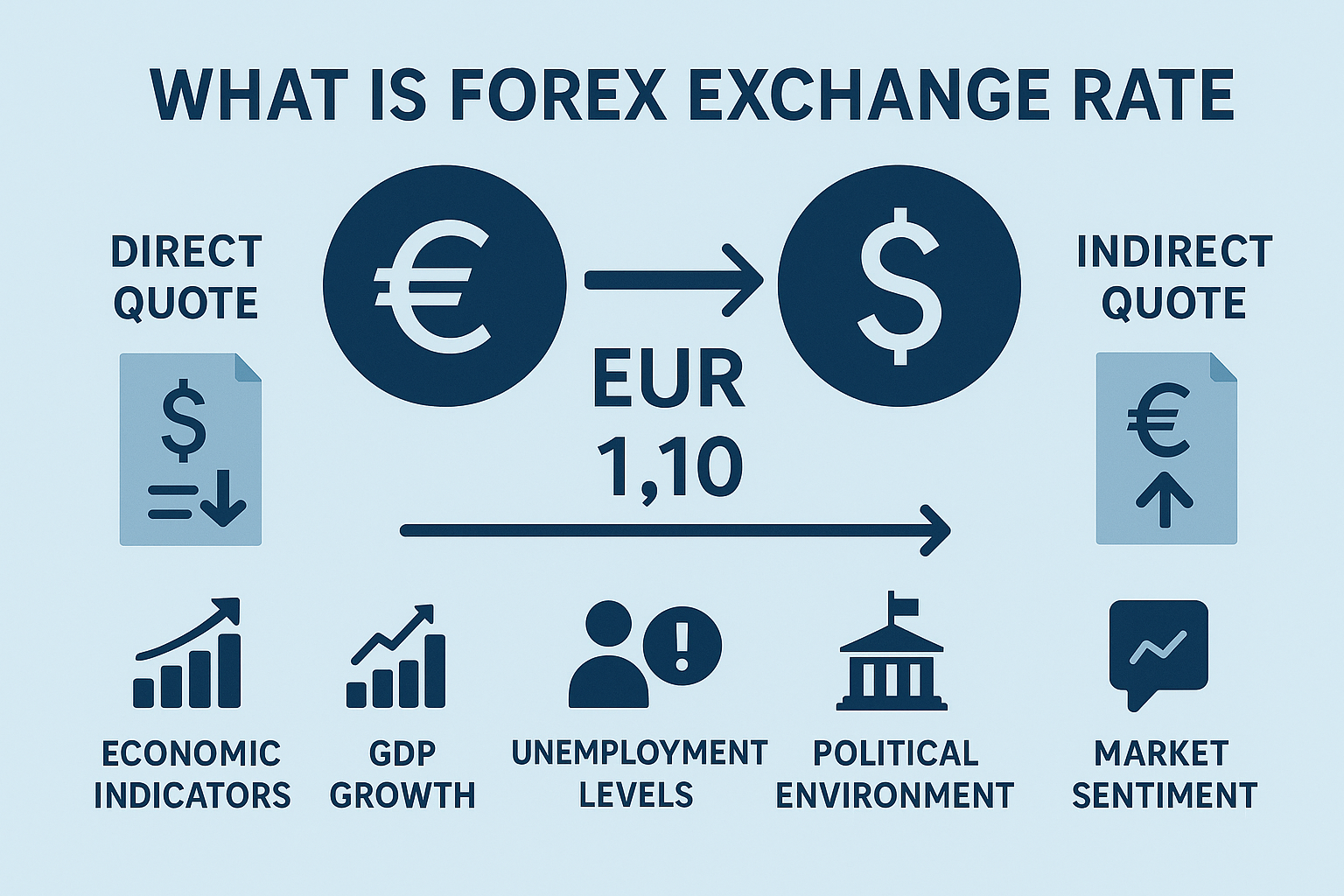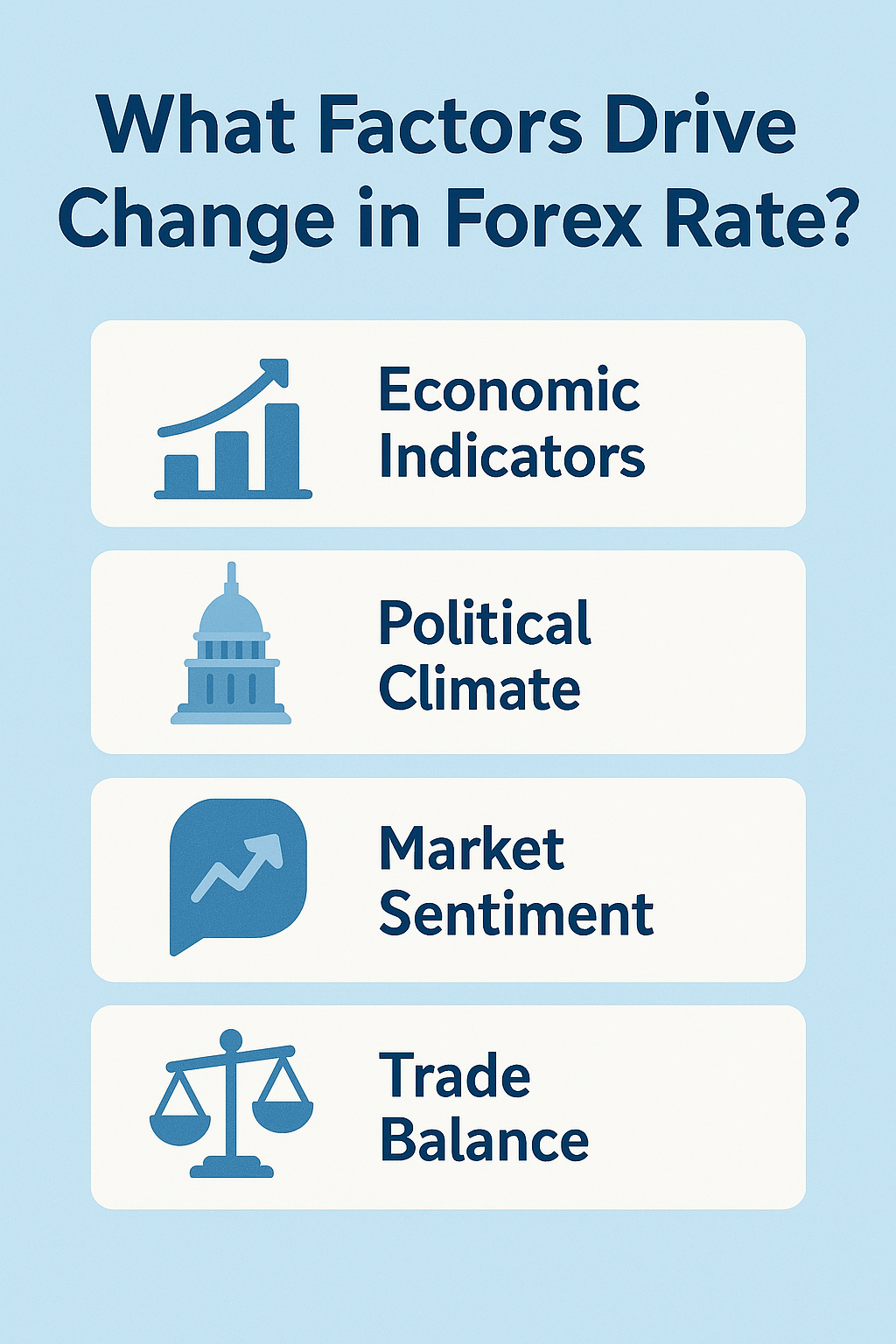Forex operations in the open market occur through over-the-counter transactions that take place beyond the boundaries of the interbank system between purchasers of external currencies. They include enterprises and exchange dealers. The open market forex rates differ from interbank rates because of markups, dealer spreads, and localized market demand. Understanding its dynamics is vital in successfully and efficiently trading currency exchanges.
What Are Open Market Forex Rates?
Contrasting with the interbank market, where large financial institutions trade currencies at wholesale prices, the open market provides retail customers and small businesses with foreign currency exchange solutions. Dealers and brokers in this space quote buying rates and sales prices, including their commission rate, similar to interbank trading operations. However, it is without large institutional players involved in trading currencies at wholesale rates. Consider the factors:
Buying Rate
It refers to the exchange rate at which a foreign currency can be bought or sold back at its purchase or sale.
Selling Rate
The selling rate shows you can sell that currency back for, representing dealer earnings.
Interbank and open market rates face dual influences from global economic developments and political events, while local market realities such as geographic demand, dealer competition, and cash supply impact the rates, too.
How the Open Market Forex Rates Affect Currency Trading
The open market plays an essential part in the wider Forex business, particularly for traders outside institutional trading circles:
Access for Retail Traders
Forex trading through an open market offers individuals and small businesses easy entry without needing access to institutional platforms.
Higher Transaction Costs
Due to dealer markups and wider spreads, traders may incur more transaction costs per trade when trading frequently in high volumes than what interbank market pricing would entail.
Liquidity Variability
While major currency pairs usually enjoy ample liquidity, less popular pairs may experience greater spreads or price slippage in smaller or remote markets, especially where liquidity may not be as abundant.
Arbitrage Opportunities
Disparate rates among dealers or between open market and interbank rates can provide opportunities for arbitrage trading, yet capitalizing on these requires swift action and precise execution to take full advantage.
Local Market Influence
In countries that employ currency controls or operate an extensive parallel exchange system, open market rates have the power to significantly influence public perception of their respective currencies’ true worth, often even shaping official policy decisions.
Psychological Factors
Trading sentiment can be affected by rate fluctuations on the open market. Many traders base their short-term strategies around local rate changes rather than global trends.
Open Market Forex Rates, A Source for Currency Trading Access
Open market Forex rates play an integral part in expanding access to currency trading for more people, providing both flexibility and convenience. Yet, trade-offs, such as higher costs and variable pricing structures, must be understood strategically to take full advantage of open markets as tools of currency exchange and expectation.


